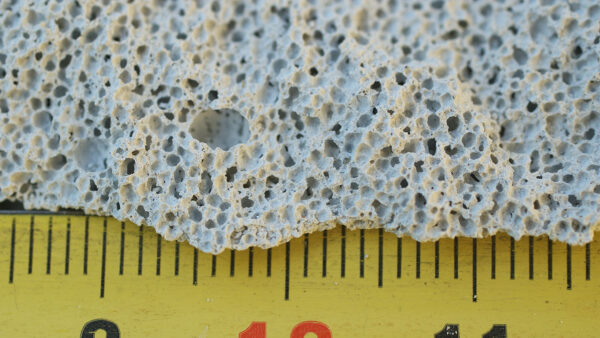The Department for Education has published new data this week (19 September) showing that the number of schools with confirmed RAAC has increased to 174. The previous figure was 147.
As of 14 September, no schools were closed and only one had fully remote learning arrangements, according to the official data. A total of 23 schools have a mix of face-to-face and remote learning arrangements.
DfE is targeting 15,158 of the more than 20,000 schools in England built between the 1930s and 1990s and at higher risk of having RAAC.
The last dataset released by the department on 30 August showed that 95.5% had responded to the RAAC questionnaire sent by the department. The latest percentage of received questionnaires is 98.6%.
Officials at DfE urged school leaders at the end of August to put in place emergency evacuation plans for buildings that contain RAAC, a type of potentially dangerous concrete.
RAAC is an aerated lightweight form of concrete with no coarse aggregate. The material properties and structural behaviour therefore differ significantly from ‘traditional’ reinforced concrete.
The Standing Committee on Structural Safety report, issued in May 2019, highlighted the significant risk of failure of these planks. In September 2022, the Office of Government Property sent a Safety Briefing Notice to all property leaders, regarding the dangers of RAAC, stating that “RAAC is now life-expired and liable to collapse”.
DfE has also updated its guidance on how to find RAAC and what to do.











